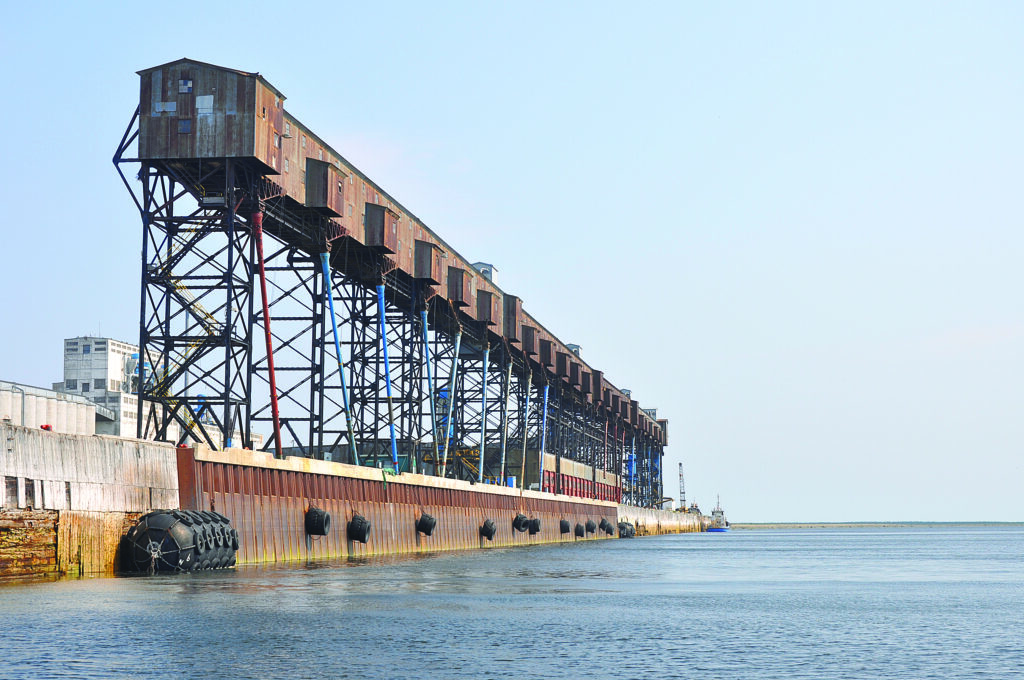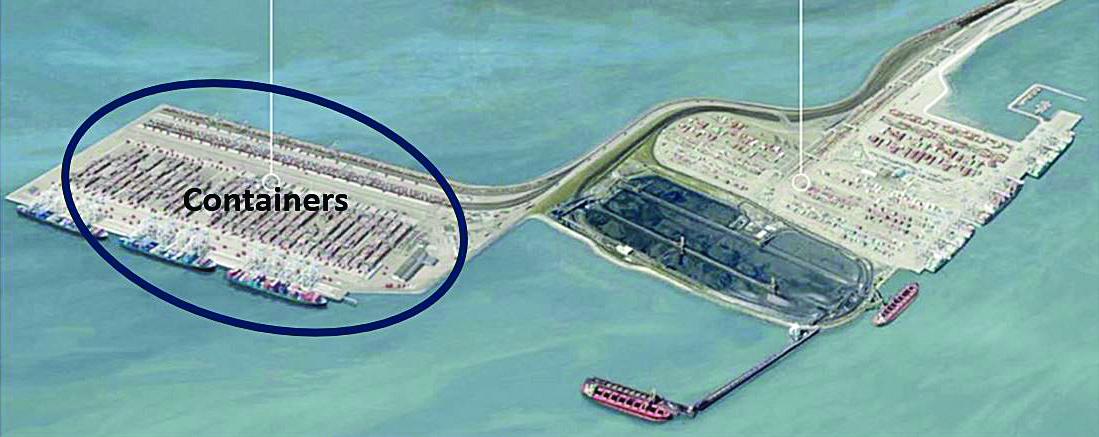A boon to Churchill and the Arctic Gateway line, a game changer for the Prairies and all of Canada
By Marshall Murdock
One way though the Bay?
As the planet warms and the Northwest Passage once more becomes a realizable dream, the world is looking at the Arctic as the next major shipping lane for many reasons, most importantly because of shorter shipping times.
Sadly, they are ignoring Hudson Bay and instead are considering Halifax as Canada’s most northern viable port, which makes no sense.
People have been trained to think there is only one port on Hudson Bay and that is Churchill, and they have written Churchill off as two small, too shallow, and inaccessible for most of the year.
But Churchill is not the only option, either from the world shipping perspective or from that of exporters in Canada. Indeed, when the idea of a working port and a railroad to get there was first launched, the chosen destination was 300 km (180 miles) southeast of Churchill at the mouth of the Nelson River.
And it is not either/or. There is no rule saying that only one port is feasible – Hudson Bay is a gigantic bay and, even centuries back, it was realized that more than one entry point to the continent was not only possible, but it was also desirable for different reasons.

The basic pros and cons of Port Churchill
- Churchill Harbour Advantage: Churchill is a naturally sheltered harbour with better shore access at deeper levels (but not that deep – the depth there is only 26 to 30 feet as opposed to the port of Nova Scotia at 67 feet). Dredging is used to mitigate this shallowness.
- Churchill Port Advantage: The port is viable for use by some ocean traffic including cruise ships in summer as well as supply ships and the movement of other goods and commodities like grain, potash, and bitumen.
- Churchill Infrastructure Advantage: The town infrastructure is all in place and Churchill has a place on the world map. This is great for tourism, which is a vital part of the local economy. This could be improved and expanded if the money and the will were there.
- Churchill Port Disadvantage: The existing facility was built a century ago and is in disrepair, which can be fixed with investment, but the port facility will be limited in what markets it can serve. When the port was built, ships were much smaller. Today large container ships require more room to dock and room to maneuver in. The large, 400-metre container ships can also have a draw of 50 feet or more than Churchill Port can accommodate without dredging.
- Churchill Season Disadvantage: One advantage to Port Churchill is its natural shelter from the elements, but this is also a disadvantage in that it keeps the fresh water from the Churchill River from dispersing. All this fresh water means heavy ice in winter months. It freezes solid, limiting the use of the port to five months at the very best.
- Churchill Railbed Disadvantage: The last 250 km of railroad from Amery to Churchill is built over muskeg subject to discontinuous permafrost that compromises the stability of the line without constant and expensive maintenance. It is unlikely to be able to sustain the heavy traffic required to meet the needs of an international port. Even with repairs done over the past two years, the trip to Churchill from Thompson still takes 14 hours as opposed to the former 16 hours.
The pros and cons of Port Nelson
- Port Nelson Former Disadvantage: Silt build up and shallow depth at shoreline as well as strong currents and exposure to wind and weather. In the early 20th century, engineers attempted to deal with this by building breakwaters and a 17-span-bridge to a manmade island a half mile offshore. Technology was not quite up to their dreams and construction was met with many frustrations and ultimate abandonment.
Today, this is not a disadvantage. Shanghai, the world’s busiest port, is only 15 feet deep at shoreline, so in the early 2000s, they built a 32 km (20 mi) bridge out to a manmade island where the depth is 49 feet. This wharf extension technology and dredging, as well as underwater pipelines are all possible options in Hudson Bay.
- Port Nelson Port Advantage: Accessing a deepwater port location is no longer a daunting task. Port Nelson, as opposed the Shanghai above, would require only an eight km (five mile) wharf extension or bridge to deep water.
- Port Nelson Season Advantage: Thanks to the swirling waters so troubling to the old ships in Hudson Bay, their counterclockwise current pushes a continuous stream of salt water towards the shore, dispersing the fresh water coming from the rivers. This means that this part of the Bay never completely freezes, harboring instead a kind of slushy snowpack that is easy for icebreakers to push aside. Ergo, this part of the Bay is accessible for as many months as you want it to be.
- Port Nelson Disadvantage: There is no infrastructure. There is also the advantage of starting fresh with all modern technology with the port and nearby community designed to meet today’s needs.
- Port Nelson Rail Bed Advantage: The rail line from Amery to Port Nelson is only 100 km as opposed to 250 km to Churchill. The greater advantage, though, is that the road is on solid ground, making heavily loaded high-speed trains possible.


